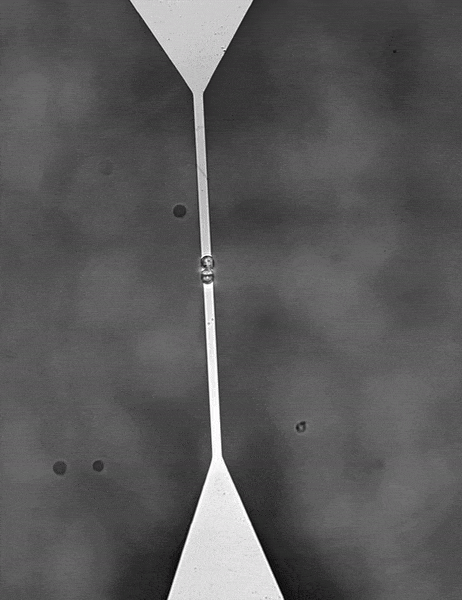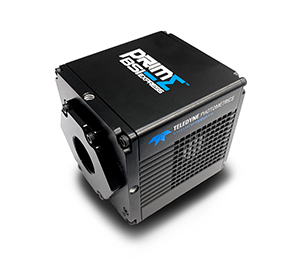Live Cell Microfluidic Platform
Dr. Yu Ting Chow, Dr. Amir Tahmasebipour
Mekonos Inc., San Francisco, California, US
Background
Mekonos Inc. is a start-up company developing a biomedical microelectromechanical system (bio-MEMS) platform based on semiconductor and microfluidic technologies, to enable single-cell transfection with high viability and a scalable workflow.
We spoke with Dr. Amir Tahmasebipour, a Senior Scientist at Mekonos Inc., to learn more, "We do a lot of experiments: prototyping, development, designing, iterating and troubleshooting devices, and as this is used for single-cell transfection we work on very small scales. Our microfluidic platform is high-throughput and uses high velocities, so we really rely on good imaging devices to be able to characterize our system, for both microfluidic and MEMS key technologies."
"Our devices allow us to flow substances over attached cells, with the aim to manipulate and transfect single cells on several different timescales. We use imaging systems to measure the quality and quantity of transfection, as well as track where particles and cells are going.

Figure 1: Live cells within the Mekonos Inc. microfluidic device under flow.
The video stack was acquired with the Prime BSI Express sCMOS.
Challenge
These devices involve both very small components and dynamically moving parts, requiring both high resolution and high image quality at a high speed. Dr. Tahmasebipour told us more, "We rely on videos more than pictures, as everything has a time component to it, with signals changing or fluids changing, as well as objects in the microfluidic devices move through the field of view very quickly. Our systems require enough light to have a short timescale of exposure, as we try to get as high a framerate as possible at as high a quality as possible, for tens of thousands of particles that we can scan through."
"Resolution is also very important in order to pinpoint what is a cell and what is debris, we really like getting as high quality of a picture as we can. We also want to couple the camera with a Nikon microscope and use a variety of magnifications for characterization, up to 50x or 100x for tiny MEMS components close to the diffraction limit."
We wanted a robust camera that produces clean images, with not a lot of noise, that can go down to low millisecond exposure without losing too much brightness. The Prime BSI Express does it all.
Dr. Yu Ting Chow
Solution
The team at Mekonos Inc. are using the Prime BSI Express sCMOS, which features both a high imaging speed and a high-resolution sensor thanks to the small pixel size. With a single-sensor design and low noise overall, the Prime BSI Express produces images of very high quality.
Dr. Tahmasebipour described his experiences using the camera, "The Prime BSI Express camera is our number one source of generating images, especially for validating our designs. It's one of the higher-end bang for your buck options for us and that's the main reason we chose it, and we are really happy with it."
"We wanted a robust camera that produces clean images with not a lot of noise, that can go down to low millisecond exposure without losing too much brightness. The Prime BSI Express does it all and is one of the better pieces of equipment that we work with as far as imaging goes. Very reliable, we like how it talks to the Nikon software and our in-house software for exporting data, the software engineers are very happy with the ease of use with this camera."

Learn More About The Prime BSI Express